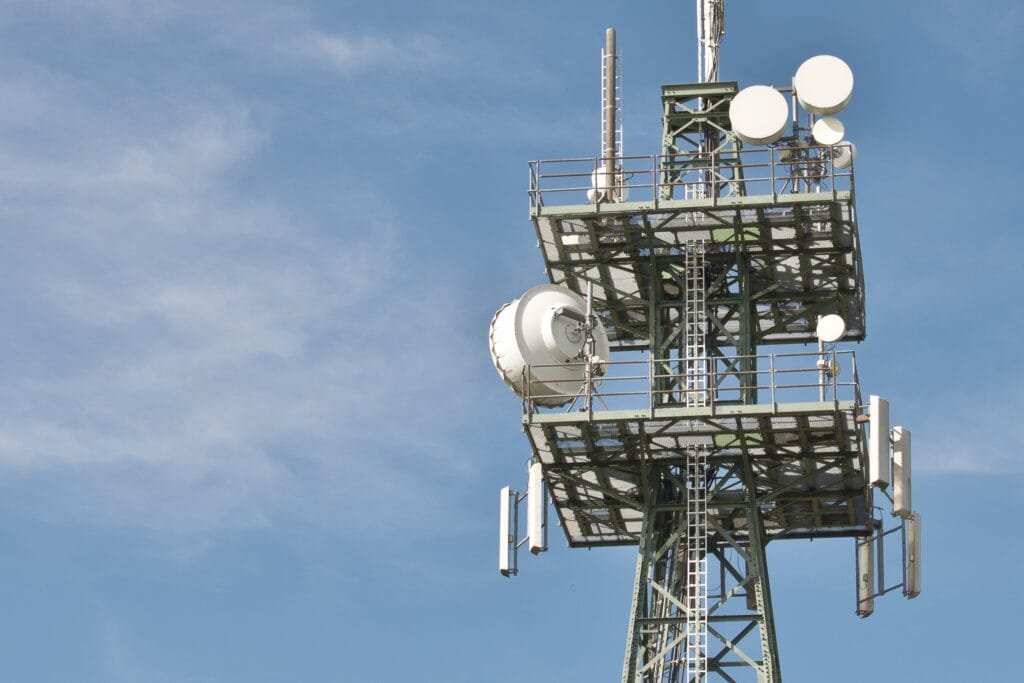The evolution of mobile network technology has been rapid and transformative, with each generation bringing significant advancements. From the early days of 1G to the current 5G networks, the journey has been marked by increased speed, lower latency, and enhanced connectivity. Now, we stand on the brink of another leap forward with the advent of 5.5G, also known as 5G Advanced. This article explores the evolution of 5.5 G, how it works, and the differences between 5G and its predecessors, as well as the impact of 5.5G on our lives.
How Does 5.5G Work?
5.5G, or 5G Advanced, is an evolutionary upgrade to 5G technology, defined under the 3GPP Release 18 standard. It serves as a transitional phase between 5G and future 6G networks, focusing on performance optimization, enhanced spectral efficiency, energy efficiency, and expanded functionality.
5.5G operates on higher frequency bands than its predecessors, allowing for faster data transfer and lower latency. It uses a technology called Orthogonal Frequency Division Multiplexing (OFDM) to encode data on multiple carrier frequencies. This enables 5.5 G to handle more data and connect more devices simultaneously.
5.5G networks are divided into three main frequency bands:
- Low-band 5.5G: Operates below 1 GHz and offers wide coverage but lower speeds.
- Mid-band 5.5G: Operates between 1 GHz and 6 GHz, providing a balance between coverage and speed.
- High-band 5.5G (mmWave): Operates above 24 GHz, offering extremely high speeds but limited coverage.
5.5G also employs technologies like Massive MIMO (Multiple Input Multiple Output) and beamforming to improve signal strength and efficiency.
Comparison Table of 5.5G ( 5G Advanced )and Its Predecessors
| Feature | 1G | 2G | 3G | 4G | 5G | 5.5G (5G Advanced) |
|---|---|---|---|---|---|---|
| Introduction | 1980s | 1990s | 2000s | 2010s | 2019 | 2025 |
| Technology | Analog | Digital | Broadband/IP | LTE | NR (New Radio) | Enhanced NR |
| Data Speed | 2 Kbps | 64 Kbps | 2 Mbps | 100 Mbps – 1 Gbps | Up to 10 Gbps | Up to 10 Gbps |
| Latency | High | High | Medium | Low | Very Low | Ultra-Low (<1 ms) |
| Use Cases | Voice Calls | SMS, Voice | Mobile Internet | HD Streaming, IoT | AR/VR, IoT, Autonomous Vehicles | Advanced IoT, XR, industrial automation, autonomous systems |
| Energy Efficiency | N/A | N/A | Improved | Improved | High | Higher |
| Coverage | Limited | Improved | Better | Wide | Wide | Wider (including satellite integration) |
This table highlights the key advancements in each generation of mobile network technology, with 5.5G offering significant improvements in speed, latency, and connectivity over its predecessors. If you have any more questions or need further details, feel free to ask!
What is 5.5G or 5G Advanced ?
5.5 G, or 5G Advanced, is an evolutionary upgrade to 5G technology, defined under the 3GPP Release 18 standard. It serves as a transitional phase between 5G and future 6G networks, focusing on performance optimization, enhanced spectral efficiency, energy efficiency, and expanded functionality.
How Will 5.5G Make a Difference ?
5.5 G promises several key improvements over 5G:
- Faster Speeds: Peak download speeds of up to 10 Gbps and upload speeds of up to 1 Gbps.
- Lower Latency: Latency as low as 1 millisecond, making real-time applications smoother.
- Better Connectivity: Enhanced capacity to handle more devices simultaneously, even in crowded areas.
- Wider Coverage: Integration of non-terrestrial networks, such as satellites, to provide coverage in remote areas.
What is the Technology Used in 5.5 G?

5.5 G incorporates several advanced technologies:
- Massive MIMO: Uses large antenna arrays to improve signal strength and capacity.
- Beamforming: Directs signals to specific devices, enhancing efficiency and reducing interference.
- Network Slicing: Creates virtual networks tailored to specific applications or services.
- AI and Machine Learning: Optimizes network performance and resource management.
Comparison Table Between 5G and 5.5 G
| Feature | 5G | 5.5 G (5G Advanced) |
|---|---|---|
| Standard | 3GPP Release 15-17 | 3GPP Release 18 |
| Download Speed | Up to 1 Gbps | Up to 10 Gbps |
| Upload Speed | Up to 1 Gbps | Up to 1 Gbps |
| Latency | ~1 ms | <1 ms |
| Energy Efficiency | Improved over 4G | More efficient |
| Use Cases | Enhanced mobile broadband, IoT, URLLC | Advanced IoT, XR, industrial automation, autonomous systems |
Countries That Have Rolled Out 5G and Their Status
| Country | Status of 5G Deployment |
|---|---|
| United States | Available in 503 cities |
| China | Available in 356 cities |
| South Korea | Leading in penetration |
| Japan | Extensive deployment |
| United Kingdom | Available in major cities |
| India | Initial rollout, expanding |
What is the Impact of 5.5 G on People’s Lives?
The introduction of 5.5 G is expected to have a profound impact on various aspects of life:
- Enhanced Connectivity: Improved internet speeds and reliability will support advanced applications like augmented reality (AR), virtual reality (VR), and extended reality (XR).
- Smart Cities: 5.5 G will enable more efficient management of urban infrastructure, including traffic control, energy management, and public safety.
- Healthcare: Remote surgery and telemedicine will become more feasible with ultra-low latency and high reliability.
- Industrial Automation: Factories and supply chains will benefit from real-time data exchange and automation, increasing efficiency and reducing costs.
- Education: Enhanced online learning experiences with immersive technologies like VR and AR.
- Entertainment: Higher quality streaming, gaming, and interactive experiences.
The evolution from 5G to 5.5 G represents a significant step forward in mobile network technology. With faster speeds, lower latency, and enhanced connectivity, 5.5 G is poised to revolutionize various industries and improve the quality of life for people around the world. As countries continue to roll out 5G and prepare for 5.5 G, the future of connectivity looks brighter than ever.
In our endeavor to explore Gadgets and Apps of the current and future we need support of band width. The demand for band width is increasing every day with more applications asking for seamless end to end operations. 5.5G will be a game changer. We need to understand it and feel the change going forward.









